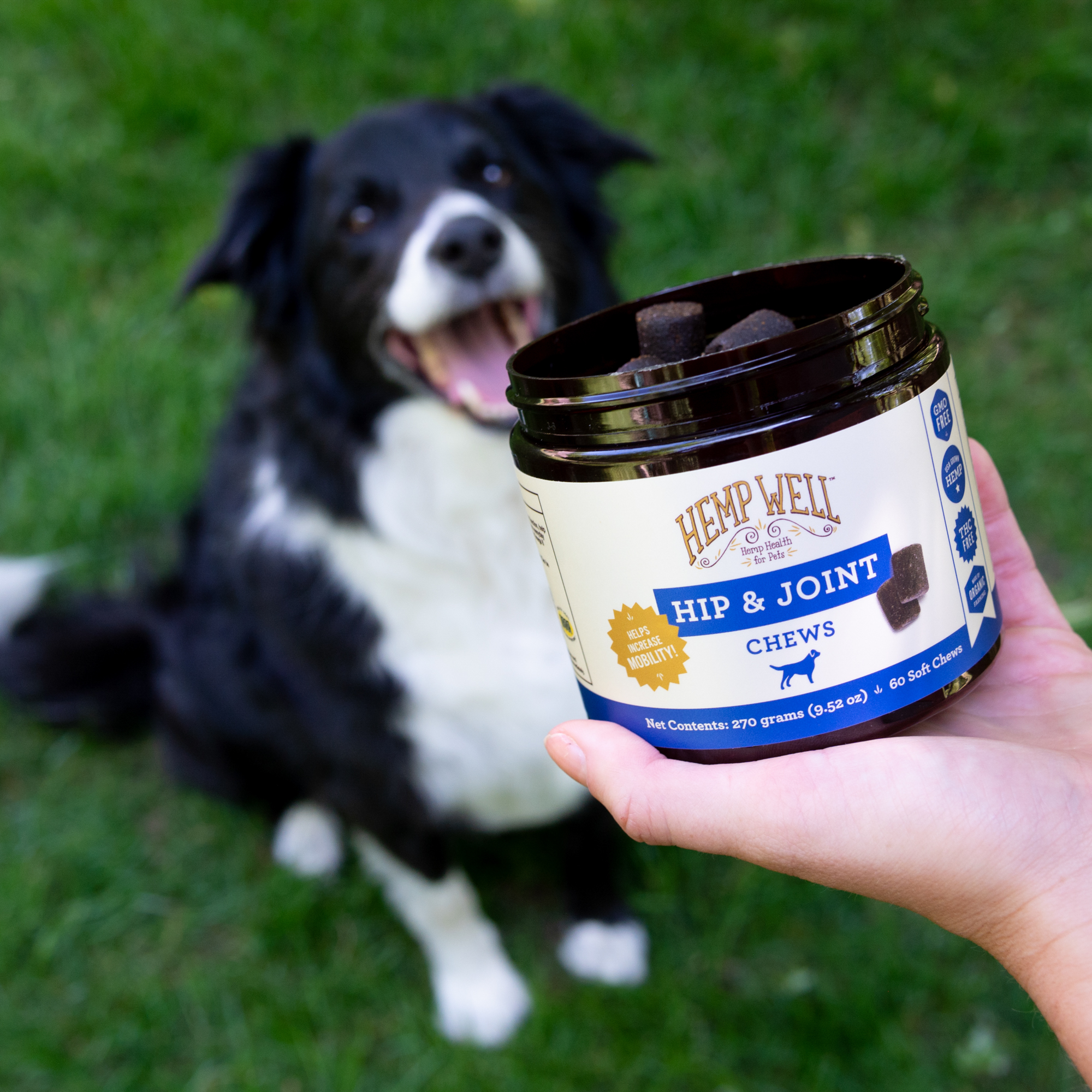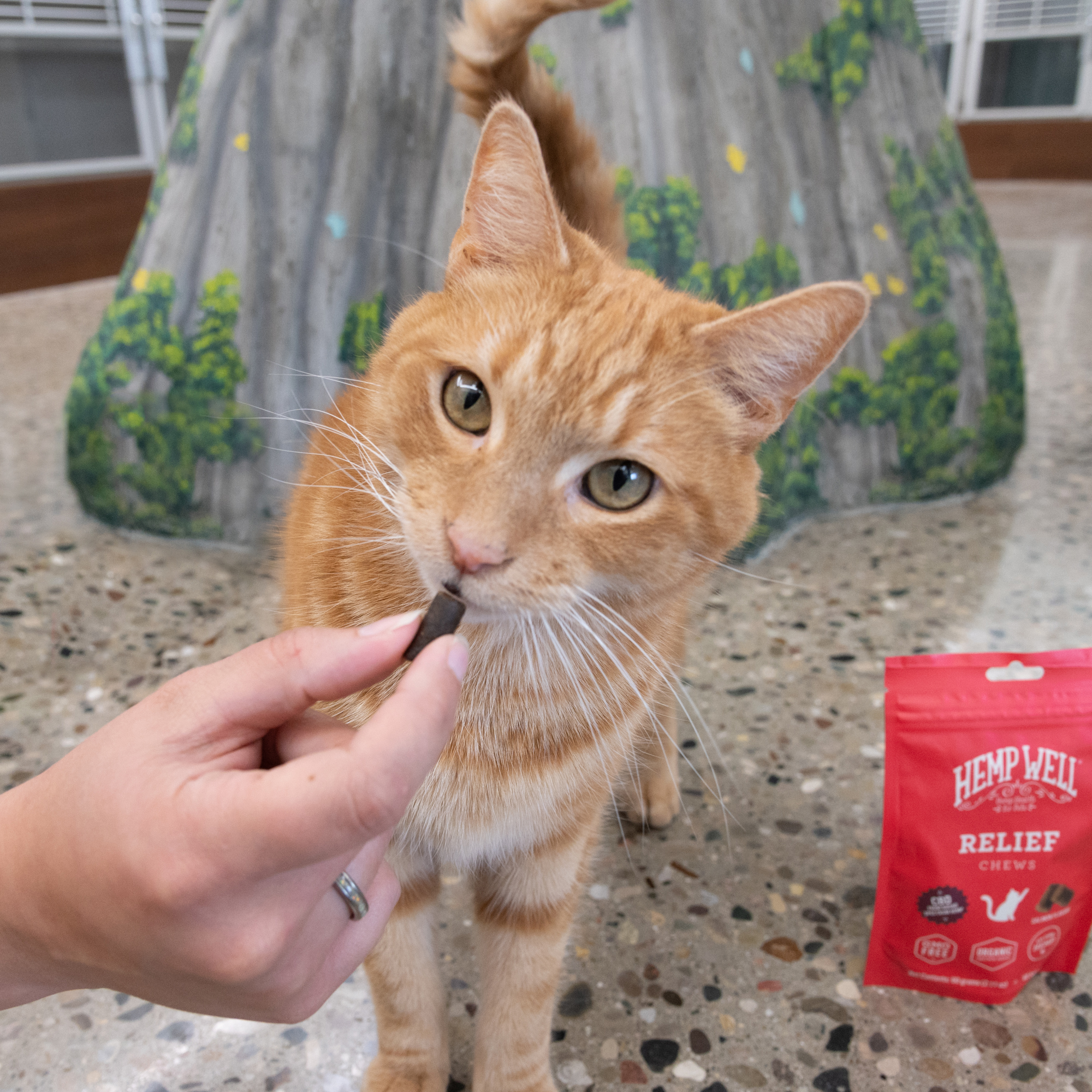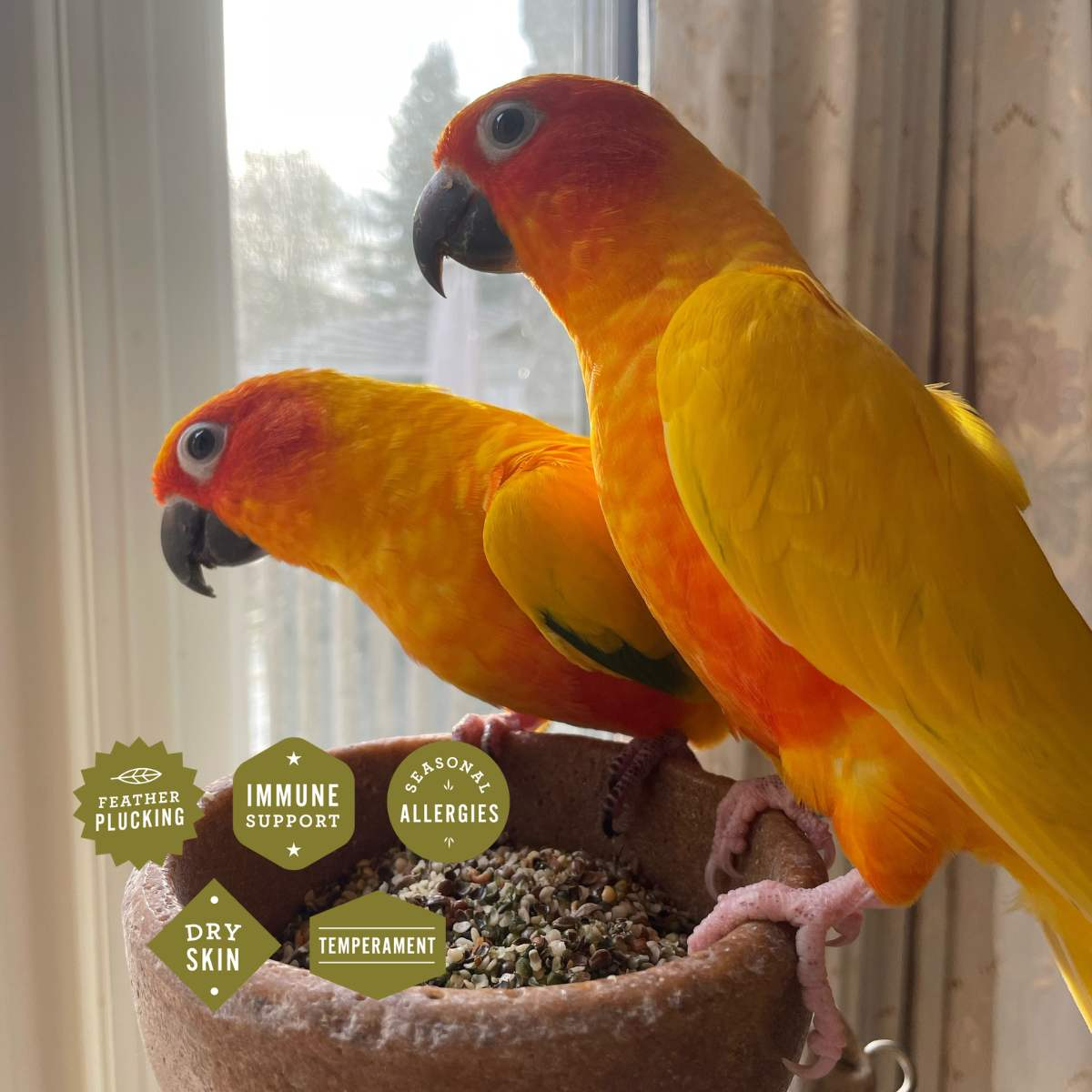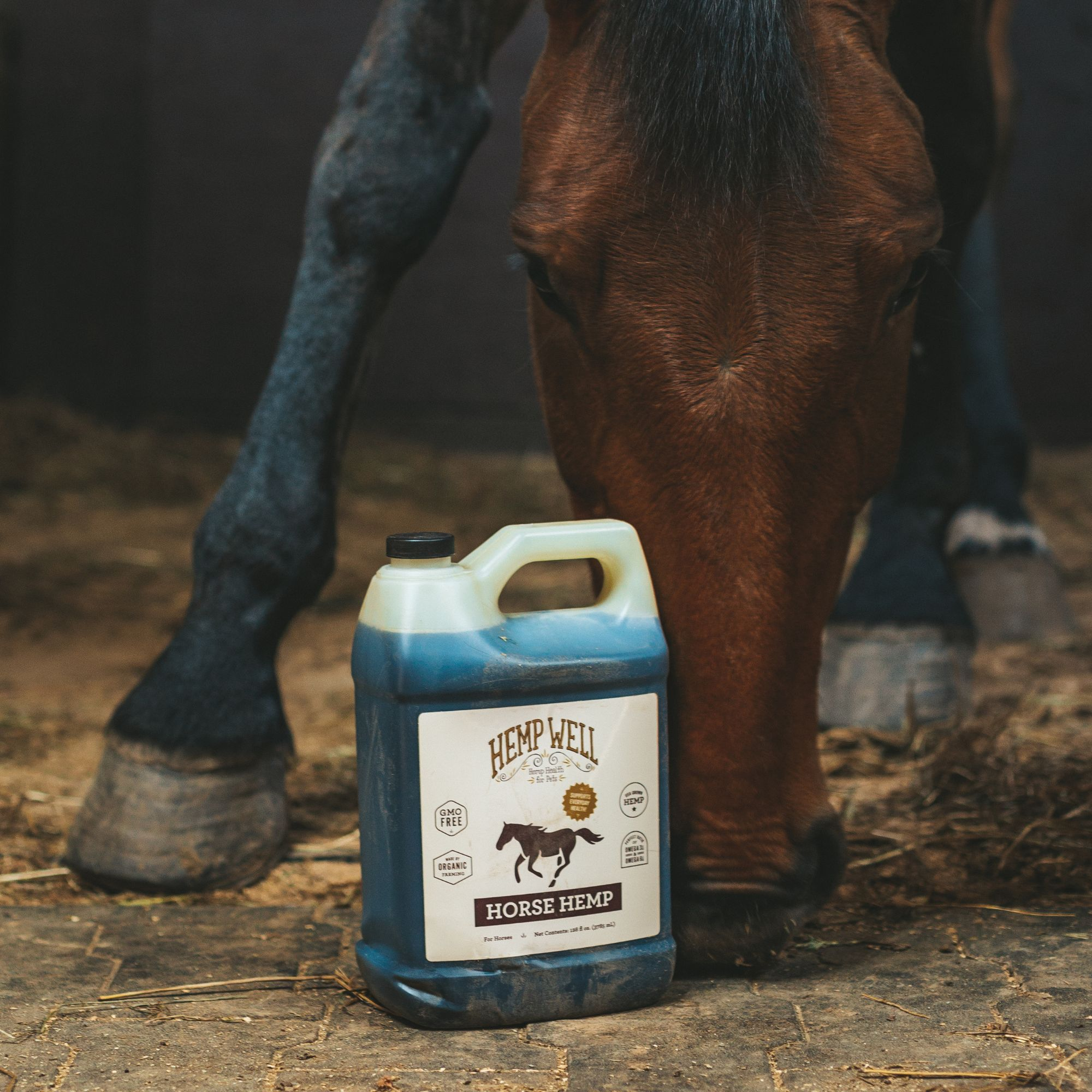Potential Side Effects of CBD for Dogs - 10 Things To Know

CBD (cannabidiol) is a naturally occurring compound found in hemp and cannabis plants. For many dogs, CBD can offer relief from anxiety, joint pain, inflammation, and sleep issues. But like any supplement or medication, it can also carry potential side effects—especially if dosage, quality, or individual sensitivities are not considered.
Every dog is unique. Some may take CBD without any noticeable side effects, while others may react differently depending on their age, health, or what other medications they’re on. That’s why it’s essential to talk to your veterinarian before introducing CBD into your dog’s routine.
Below are the ten most common potential side effects of CBD in dogs, how to recognize them, and what you can do if they occur.
1. Drowsiness or Sedation
CBD’s calming effect can sometimes work too well, especially with higher doses. Your dog may seem unusually sleepy, less responsive, or disinterested in play.
What to do: Lower the dosage and consult your vet. In most cases, adjusting the amount solves the problem.
2. Dry Mouth
CBD may reduce saliva production, leading to increased thirst, bad breath, or mild swallowing discomfort.
What to do: Ensure fresh water is always available. Monitor their food and water intake closely.
3. Lethargy
A prolonged lack of energy—beyond normal rest—can be a side effect, particularly during the adjustment period.
What to do: Reduce the dose and track energy levels. If lethargy persists, seek veterinary advice.
4. Dizziness or Lightheadedness
Low blood pressure caused by CBD can make dogs wobbly or unsteady.
What to do: Sit them down in a safe, calm environment until it passes. Persistent symptoms require a vet visit.
5. Itchiness or Skin Irritation
Some dogs may develop mild itchiness or skin redness after CBD use.
What to do: Stop administering CBD and see if symptoms clear up. Consult your vet for allergy testing if necessary.
6. Low Blood Pressure
CBD’s relaxing properties may also lower blood pressure slightly, which can cause sluggishness or faintness.
What to do: Monitor your dog closely—especially if they already take medication for heart or blood pressure issues.
7. Upset Stomach or Diarrhea
Digestive discomfort can occur if your dog’s system is sensitive to CBD or its carrier oil.
What to do: Give CBD with food, reduce the dose, and watch for improvement. Persistent issues require a vet check.
8. Vomiting
Overdosing or sensitivity to certain ingredients in CBD oil may cause vomiting.
What to do: Stop giving CBD, ensure hydration, and call your vet if vomiting continues.
9. Changes in Appetite
CBD may temporarily increase or decrease your dog’s appetite.
What to do: Track eating habits. Sudden or significant changes should be discussed with your vet.
10. Interactions with Other Medications
CBD can affect how your dog’s body processes certain drugs, including pain medications, anti-seizure drugs, and sedatives.
What to do: Always disclose CBD use to your veterinarian so they can adjust dosages of other medications if needed.
Can Dogs React Badly to CBD?
Yes, though it’s uncommon—especially when using high-quality, lab-tested CBD products designed for pets. Poorly manufactured CBD can contain THC, heavy metals, pesticides, or other harmful additives. Always buy from a brand that provides transparent, third-party lab results for every batch.
Pros vs. Cons of CBD for Dogs
The benefits—such as pain relief, reduced anxiety, and improved mobility—often outweigh the risks for most dogs. Still, knowing the possible side effects and working with your vet helps you make the safest choice.
Is Daily CBD Use Safe for Dogs?
For many pets, yes—provided the dose is correct and the product is high quality. However, long-term use should always be supervised by a veterinarian, with regular check-ins to ensure your dog is thriving.
Bottom Line:
CBD can be a valuable tool in supporting your dog’s wellness, but it’s not a one-size-fits-all solution. Start low, go slow, and always keep your veterinarian in the loop. Your dog’s safety comes first.











